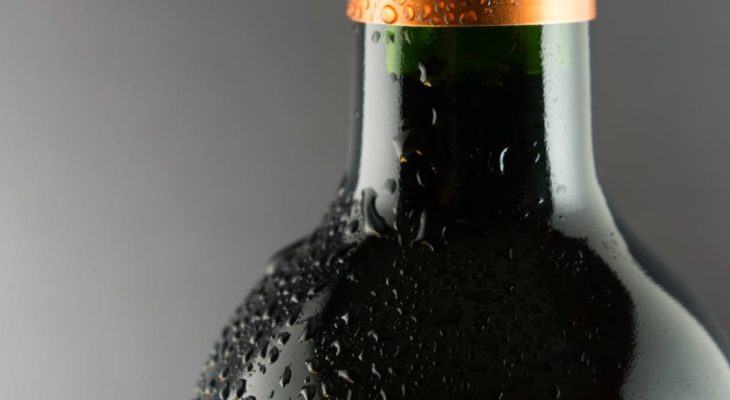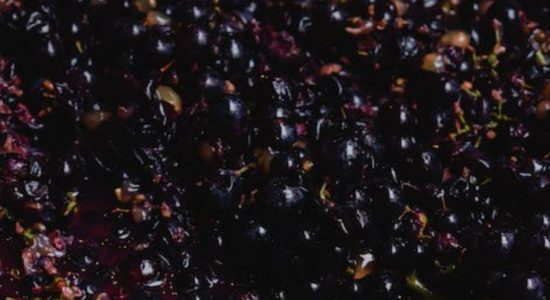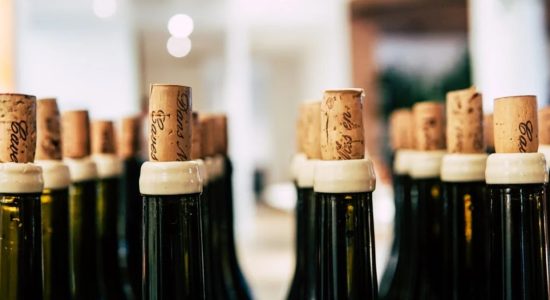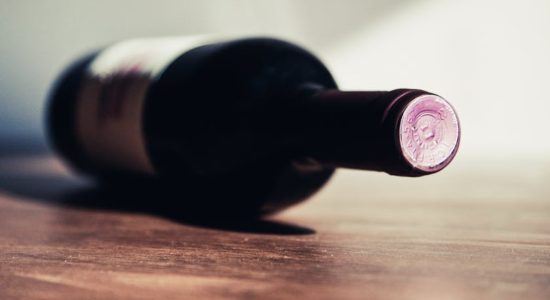How Soon Can You Drink Homemade Wine After Bottling?

If you have taken up making your wine, do you know how soon you can drink it after bottling? Homemade wine is taking off like home-brewed beer, producing a superior flavor and customizable blend. However, allowing your wine to mature appropriately results in the best tasting experience.
You can technically drink homemade wine one month after bottling, but the longer the wine ages, the more opportunity it has to develop complex notes and aromas. A crucial part of homemade wine making is the commitment to creating the best wine possible, including a proper aging period.
In this article, I’ll explain why specific factors affect the taste and aroma of the wine and how to ensure your homemade wine is of the highest quality before opening. If you are new to winemaking or a seasoned epicure, then this article will help you know the ideal time to open a homemade wine bottle.
When Homemade Wine Is Ready for Consumption
As a homemade winemaker, you know the wine-making, and fermenting process is slow. Rushing the wine will only result in a substandard taste. Some say a month is long enough for the wine to be ready, while others are adamant the wine must ferment for a longer period for best results.
Why Let Your Homemade Wine Age Properly
A primary reason people make homemade wine is to enjoy the fruit of their labor and the unique characteristics of the wine. One of the most crucial steps in making homemade wine is to allow a suitable aging time.
Homemade wine needs a minimum of one month of aging to develop the flavors, remove the acrid notes, and reduce the bitterness of the tannins. Using quality ingredients in homemade wine helps to produce stellar results, including letting the aging process work its magic.
How Bottle Color Influences the Aging of Homemade Wine
While you might think the bottle color of various wines is an aesthetic detail, the truth is that the color impacts the aging process. Wine is delicate as it ages and sensitive to natural and artificial light. A small amount of time, like one or two hours in the sunlight, is enough to change the flavor and complexity of homemade wine.
Bottle Colors and Their Effect on Wine Taste
The strongest light filtering glass is amber brown since it’s able to deflect over ninety-five percent of UV rays. Clear wine bottles provide the least UV light filtering, with white wines losing some of their citrus notes after only one hour of sunlight exposure.
Because bottle colors matter in wine aging, wineries choose specific bottle colors to protect their wines. You must account for this in homemade wine making by using certain colored bottles or keeping the wine in a darkened, cool place until the cellaring is finished.
How To Know Your Homemade Wine Is Fermenting:
A cloudy wine is not ready for drinking as it is still fermenting. One way to tell if your homemade wine is in the fermentation stage is to look for bubbles floating on the top of the bottle.
What looks like carbonation occurring is the fruits and other components undergoing fermentation. Another reliable way to determine fermentation status is to observe whether the wine is clear.
Fruit Wines Need a Year to Age
At the peak of summer is when home wine-makers create fruit wines. The summertime array of seasonal fruits and fresh fruit juices is the ideal time for peach, berry, and apple wines to flourish.
Homemade fruit wine needs time to ripen and ferment, but the wine-making process is not complicated.
Making Homemade Fruit Wine
Fruit wines are frequently called country wines for apparent reasons. You can make jams, jellies, fruit pies, and wines when you have fruit trees that produce a bounty. Producing any fruit wine is the same as making wine from grapes–you are merely using a different fruit.
Here is what you need to make any fruit wine.
| Fruit Wine-making Equipment Needed |
| Fruit yeast |
| A large glass jug |
| A fermentation bag |
| One large or multiple smaller glass jugs |
| A siphon tube |
| Clean wine bottles for storing second fermentation |
| Hydrometer to measure sugar and alcohol levels |
You will need the following ingredients:
- One gallon (3.70 kg) of boiled water
- Two pounds (907 grams) ripe fruit of choice, washed and cut
- One package of champagne or Montrachet yeast
- One pound (453 grams) of sugar or honey
- Two drops of pectic enzyme
How To Make Homemade Fruit Wine
- Mix the pectic enzyme, water, and sugar in the clean jar.
- Place the fruit in the fermentation bag.
- Place the fermentation bag in the water mixture.
- Cover with a towel.
- Let sit in a dark, cool spot for twenty-four hours.
- Sprinkle the yeast into the mixture.
- Recover with a towel.
- Ferment for five days.
- Squeeze the fruit daily.
- Check the fruit to see if it is gooey.
- Let the fruit drain into the container.
- Recover the container with a towel.
- Let the mixture rest for two days.
- Siphon the liquid into a fresh jar for fermentation.
- Affix the airlock with at least two inches (50 mm) of space between the wine and the lock.
- Place the wine in a dark place with a constant temperature of fewer than seventy degrees (21 C).
- Siphon the wine after one month into a fresh jar.
- Repeat at six months.
- Siphon into wine storage bottles at six months.
- Let them age for another two months or until the wine tastes right to you.
The Taste of Homemade Wine Opened Too Soon
You will know if you have opened the wine too soon because it will taste green and tart. The alcohol is strong, and the acid is sharp. Your wine will improve with age because the acids soften and are less harsh, and the flavors integrate into a smooth palate.
Final Thoughts
Ultimately, you will be able to make wine to suit your taste, not someone else’s. By sampling bottles at different stages of aging, you can establish the best time to open homemade wine for your taste buds.







